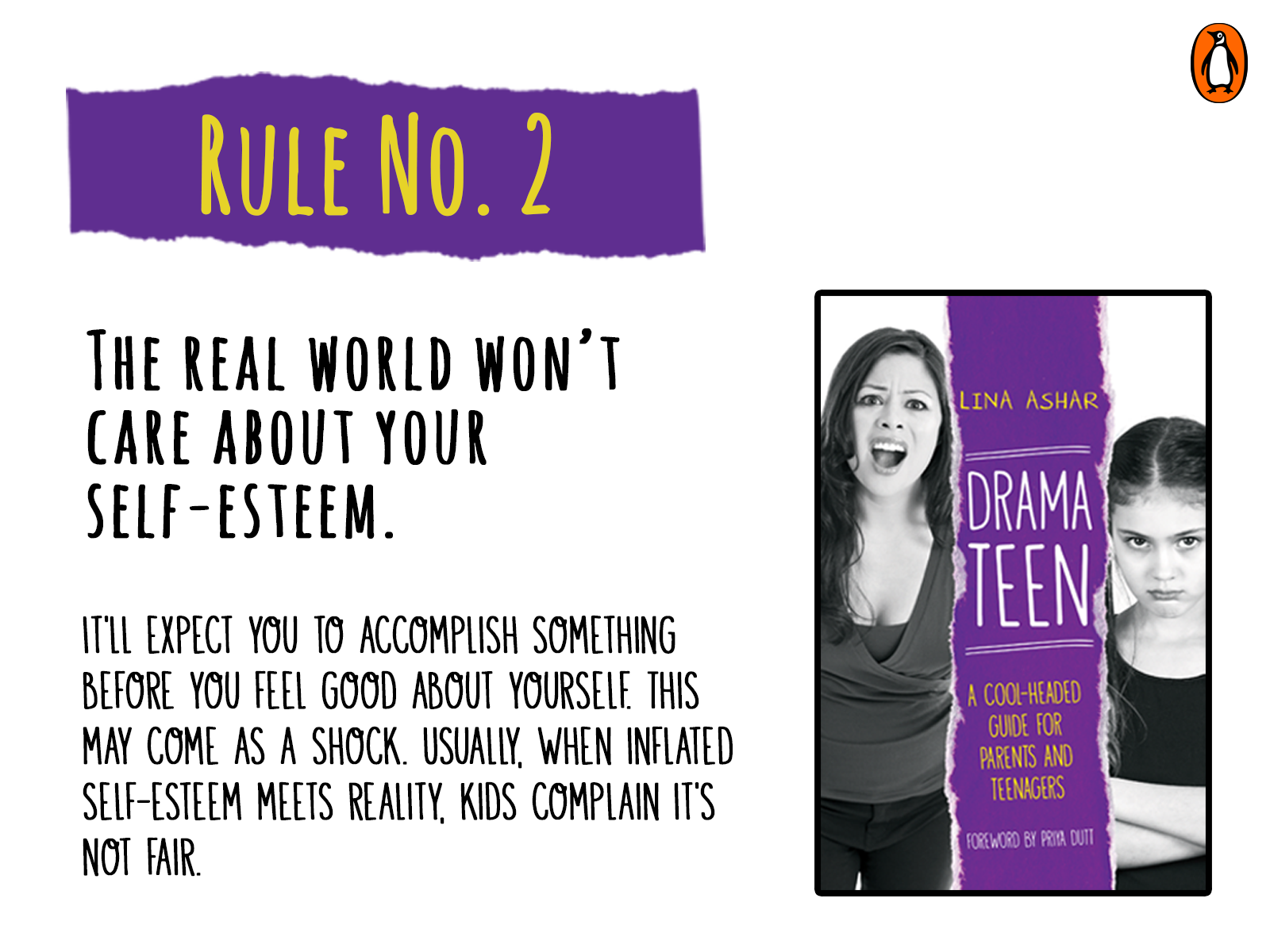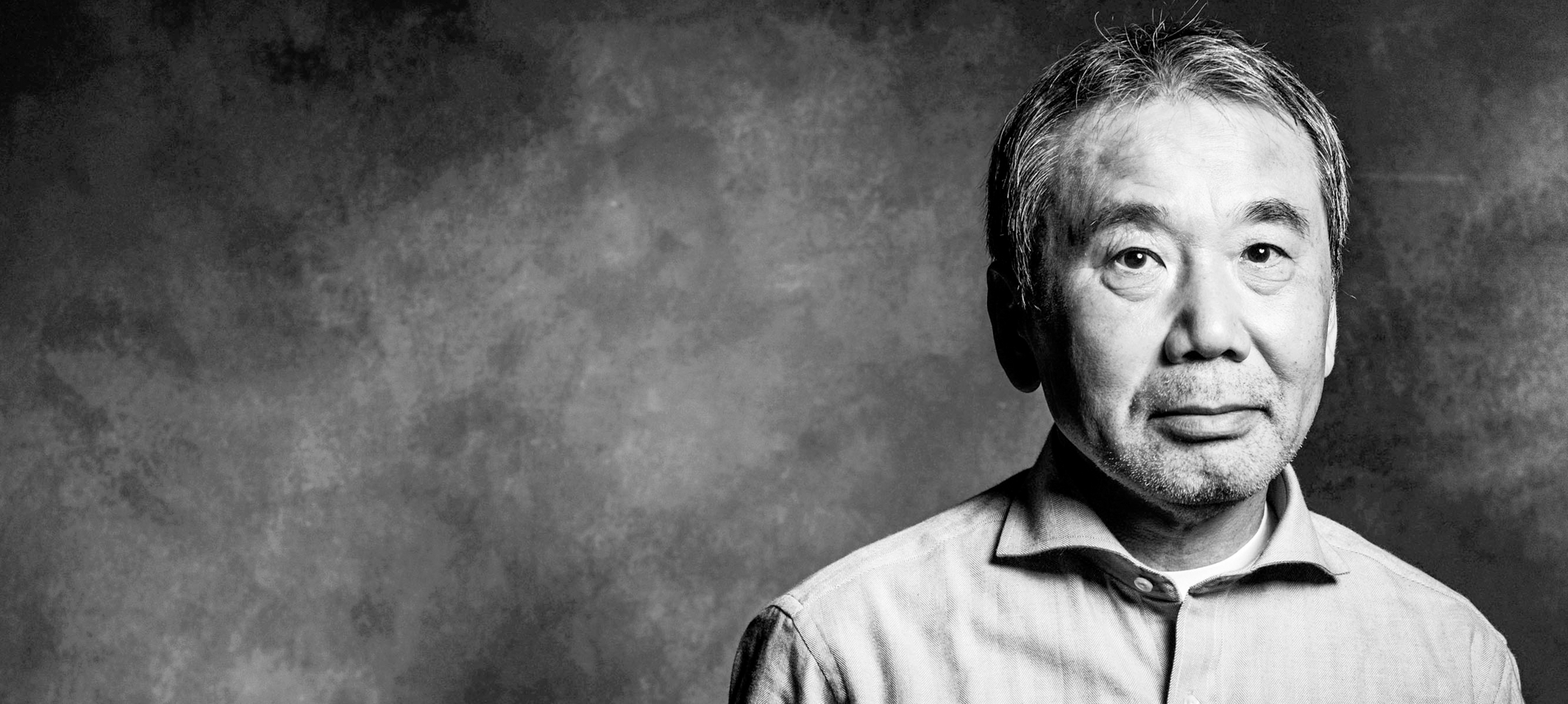June 1979
For several days, I stayed at home. Initially, I helped my mother in her household chores. I also liked to look after the cattle. I woke up early in the morning, took the cattle for grazing along the hills and also helped in milking the cows. When I prepared the husk for the cattle, it used to get stuck all over my body. My mother then helped me tidy up. After my bath, I would bathe the cattle and in the evening, I again took them for grazing. This routine continued for around three months. By now, the monsoon had arrived and the work at the farm was increasing. Hence, I changed my routine and started taking an interest in working at the farm. The processes of plantation intrigued me and I began to help my father in the farm.
One day, when I was with my father, the mat (account- keeper) came to him and informed him about a plantation job available in the village. He said that every worker would be paid a sum of Rs 5 per day.
As soon as I heard that, my eyes gleamed with excitement. For me, a sum of Rs 5 per day was a huge amount. It struck me that not long ago, we didn’t even have Rs 2.50 for my school fees. Compared to that, Rs 5 seemed like a jackpot! I was motivated to work hard for it.
I was lost in excitement. Earning this money would help me pay the fees of two of my siblings. I felt as if I had landed an incredible opportunity. I wanted to do the job anyhow and informed the mat about my intentions. He looked at me with scorn and left the place. His reaction was natural as I was only eight years old at that time and the task demanded power and stamina. No eight-year-old was fit for the job.
But my mind would not take no for an answer. I needed the job and was ready to work hard for it. However, I was an eight-year-old at the end of the day and had to ask my father for help. Initially, he was reluctant and refused to listen, but later, my determination to help with the family’s situation made him talk to the mat.
The very next day, I was in front of the mat once again. My father tried to convince him about my abilities. I was disappointed by his earlier refusal to let me work for him and did not want to be subjected to it again. He initially hesitated but when I reassured him of my dedication, he agreed and explained how to go about the work.
The work was with the forest department for its new campaign to plant some trees in the village. I had to work at the plant nursery, which was situated some 4 kilometres down the hill. I had to collect the plants, carry them on my back, travel uphill to the village for another 4 kilometres and plant them. Once all the trees were planted, I had to go back again and get more seedlings.
It was the day before I was to start work. The excitement about my new job didn’t let me sleep. The next day I woke up before sunrise. Once awake, I saw that it was raining outside. In the hills, when there is heavy rainfall, it becomes difficult to walk down the hill. The soil becomes wet and there are high chances of losing balance, slipping on the mud and hurting oneself badly. Hence, we were often advised to not go down the hills during heavy rains. That day too, because of the harsh weather, I was told by my parents to not go out. But nothing would deter me. I felt as if this job was the biggest milestone I had crossed in my life and not even the heaviest rains could stop me.

I didn’t listen to my parents and rushed out of my house. Since I had been told to reach the place by 8 a.m., I picked up my pace. The way to the nursery in the heavy downpour wasn’t easy at all. I slipped a few times and the constant rains made it more and more difficult. But I didn’t look back and continued walking.
When I reached the nursery, to my utter shock and confusion, I couldn’t see a single soul there. There was absolutely no one around! I was in despair. The sudden happiness and excitement of reaching the nursery, working and earning was shattered. I roamed about and found a guard sitting there. When I inquired, he replied that due to the heavy rains no one had shown up yet. Seeing my dejected face, he suggested that I could wait if I wanted for them to arrive.
I decided to wait. By now, the rain had slowed down. It was merely a drizzle and yet no one came. The guard told me to come back the next day. I left the place completely dejected. I didn’t sleep a wink that night. It was a dark and foreboding night. The moon was nowhere to be seen as if it was hiding behind a curtain of clouds. Just like the moon, I felt lost in desolation, trying to hide my feelings and my tears in a ragged blanket. I had been looking forward to my first earning but the day ended with no money in my hands. The rains had completely stopped by then and the sky was pitch- dark and still. I kept on tossing and turning throughout the night, waiting for sleep.
In the morning, I woke up with the same enthusiasm. The gloom of the previous night seemed like a forgotten thing. I got ready and rushed to the nursery. Fortunately, the work was in progress and the presence of the mat was a sign of relief for me. After talking to him, I picked up a sack full of seedlings and a spade. The mat instructed me to complete at least two rounds in the day, so I carried the sack of plants on my shoulder and went up the hill with great enthusiasm. At that time, I felt as if the sack of plants was no ordinary sack; it was a magic box which would gift me my first earning. I kept on walking briskly for the next two hours, planted the seedlings at the designated place and walked down to the nursery to collect more seedlings. The same routine continued for the entire day. I was so involved in the work that I even skipped lunch. Food was the last thing on my mind.
By evening, I realized that I had actually enjoyed the work and had developed an interest in planting the seedlings. When I went to the nursery, the mat was happy as I had completed three rounds of planting. He took out a small bag from his pocket and took out a note with five written on it and gave it to me.
That moment is still fresh in my mind, as if it was only yesterday. It was an inexplicable feeling, something that till date counts as one of my happiest memories. My first earning! I was on cloud nine.
When I reached home, my mother was still in the kitchen waiting for me. I looked around for my father and spotted him lying on a khaat, a string bed, in the courtyard. I gave him the money. He stared at me for a few minutes. I saw tears welling up in his eyes but at that time I was too young to understand his emotions. He slowly patted my back and told me to give the money to my mother.
Perhaps, this was the moment when I stopped being a child. In just a day, I had shed the cloak of childhood and became an earning member of my family.
————-

An inspirational and emotional roller coaster, The Man who became Khali is a no-holds-barred account of a man who not only went on to win the World Heavyweight Championship but also conquered his inner demons and physical anomalies.
This is the story of how Dalip Singh Rana became the international icon – The Great Khali! Get your copy today at Amazon.in or from any leading book store near you.














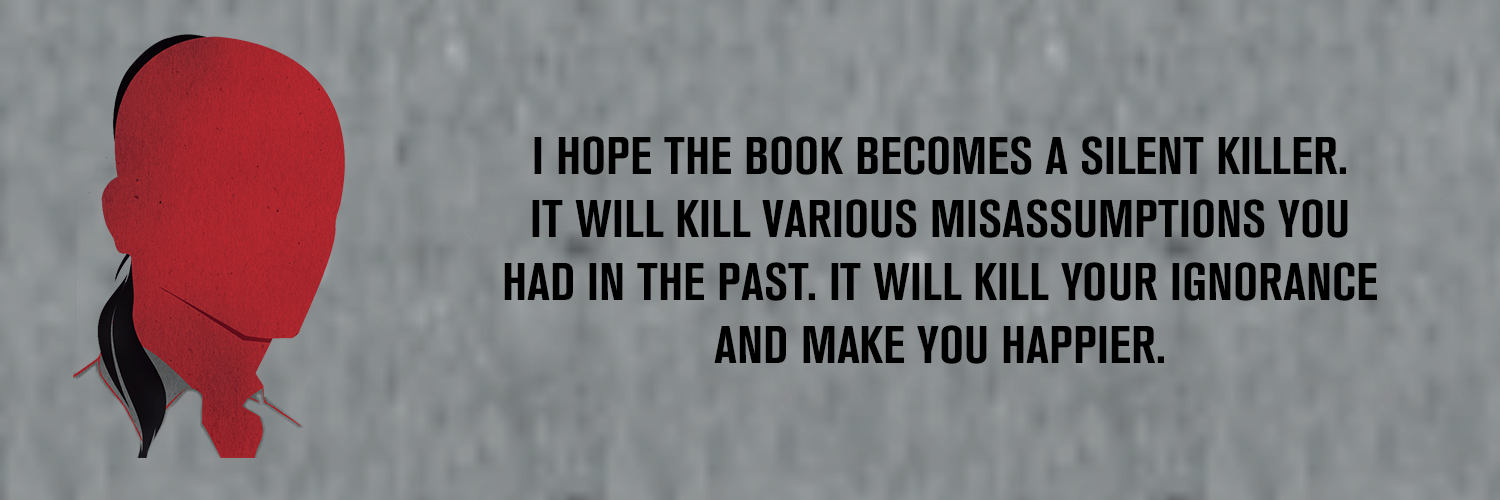
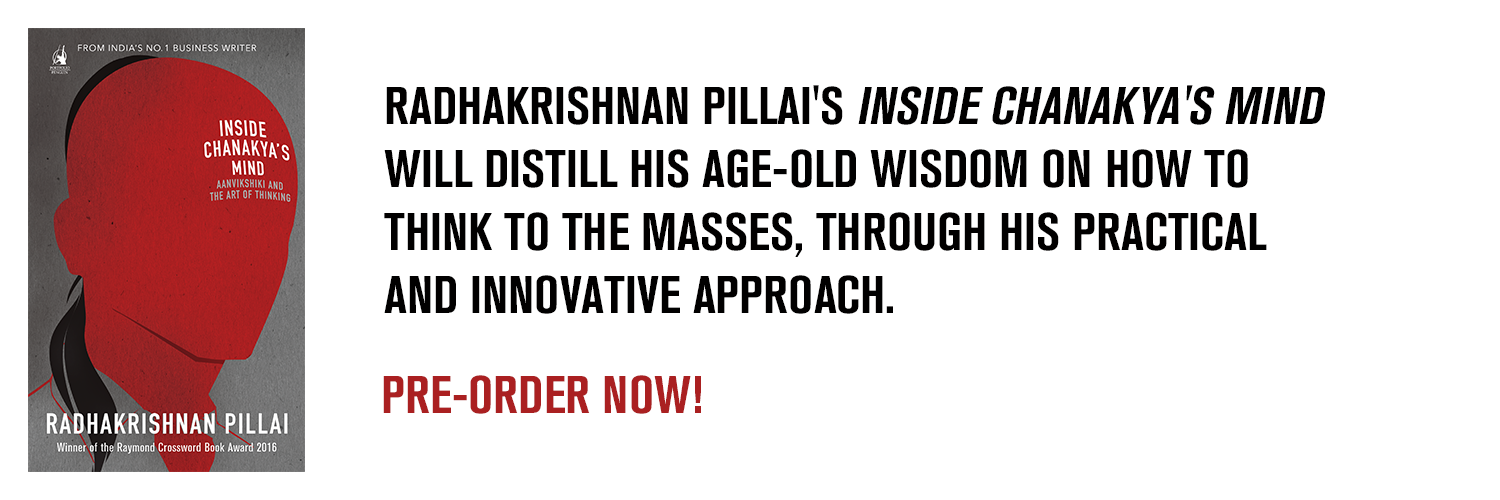
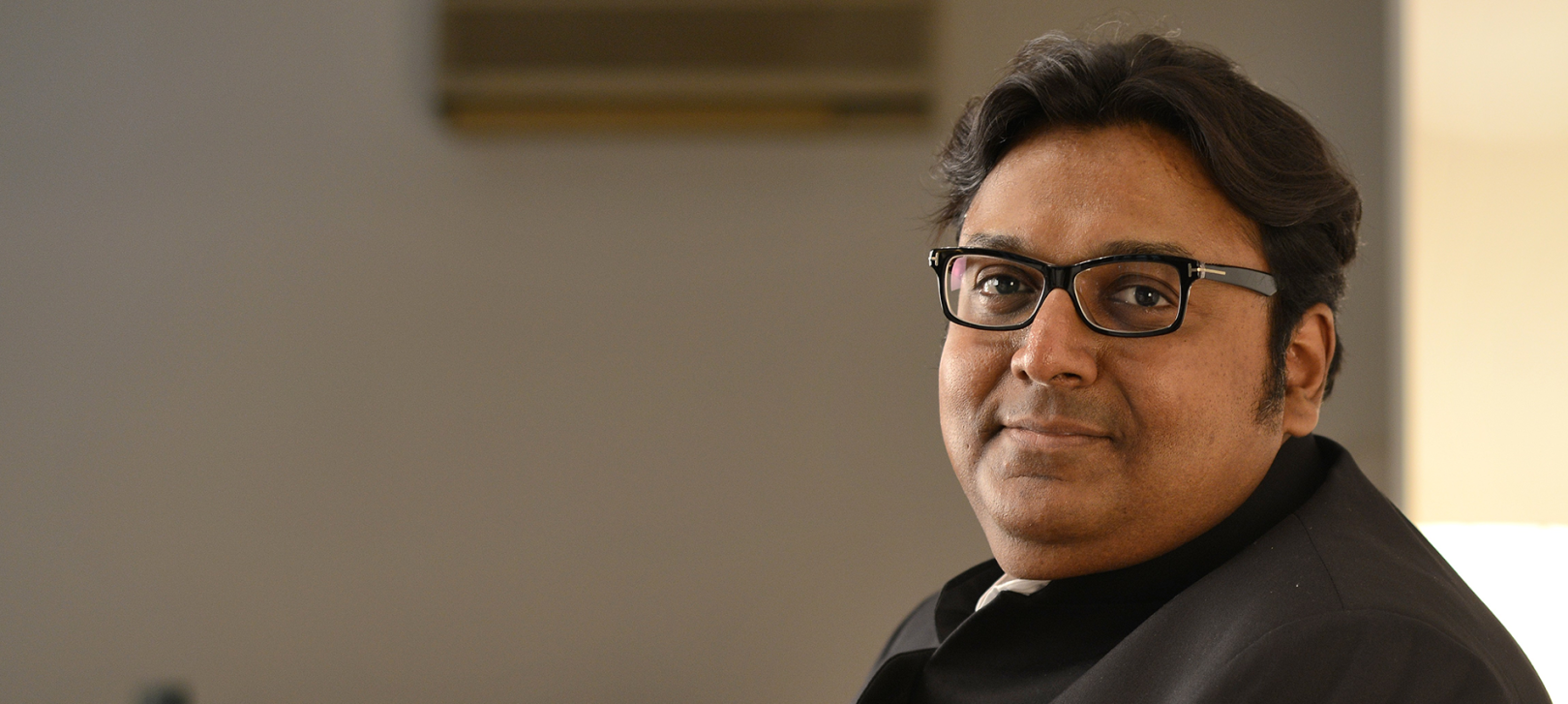









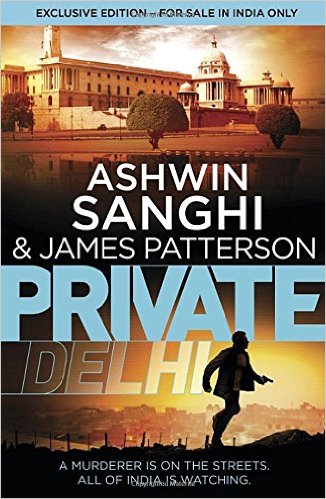

 Prominent English illustrator John Tenniel was commissioned to create the accompanying art for the story. When he saw an early copy of the book, Tenniel was upset with how badly his drawings had been reproduced forcing Carroll to spend almost half of his annual salary to get it reprinted. Luckily, once it was published, Alice in Wonderland was an instant success. The rejected printings were later sold in the U.S.
Prominent English illustrator John Tenniel was commissioned to create the accompanying art for the story. When he saw an early copy of the book, Tenniel was upset with how badly his drawings had been reproduced forcing Carroll to spend almost half of his annual salary to get it reprinted. Luckily, once it was published, Alice in Wonderland was an instant success. The rejected printings were later sold in the U.S. Alice was the name of the daughter of Henry Liddell, the dean of Christ Church College at Oxford, where Carroll taught mathematics. Carroll met the dean and Alice’s older brother first and that was how he came to know the entire family.
Alice was the name of the daughter of Henry Liddell, the dean of Christ Church College at Oxford, where Carroll taught mathematics. Carroll met the dean and Alice’s older brother first and that was how he came to know the entire family. Carroll was inspired to write the story when he was coming up with a story for the young Alice Liddell on a boating trip. He tried out a few different titles for his novel, the original – presented to the 10-year-old Liddell was ‘Alice’s Adventures Underground.’ When it was picked up he decided to call it Alice’s Hour in Elfland. Another rejected idea was ‘Alice Among the Fairies’.
Carroll was inspired to write the story when he was coming up with a story for the young Alice Liddell on a boating trip. He tried out a few different titles for his novel, the original – presented to the 10-year-old Liddell was ‘Alice’s Adventures Underground.’ When it was picked up he decided to call it Alice’s Hour in Elfland. Another rejected idea was ‘Alice Among the Fairies’. Carroll was a very conservative mathematician and he detested the new forms of math emerging at the time compared to the algebra and Euclidian geometry he favoured. Mathematicians say that riddles like the one the Mad Hatter asks Alice about a raven being like a writing desk, were a reflection on the increasing abstraction that was going on in mathematics in the mid-1800s.
Carroll was a very conservative mathematician and he detested the new forms of math emerging at the time compared to the algebra and Euclidian geometry he favoured. Mathematicians say that riddles like the one the Mad Hatter asks Alice about a raven being like a writing desk, were a reflection on the increasing abstraction that was going on in mathematics in the mid-1800s. The original manuscript – the hand-written and illustrated version, belongs to the British Library and it rarely leaves London. When New York City’s Morgan Library managed to get hold of it for an exhibition, here’s what The New York Times had to say about it:
The original manuscript – the hand-written and illustrated version, belongs to the British Library and it rarely leaves London. When New York City’s Morgan Library managed to get hold of it for an exhibition, here’s what The New York Times had to say about it: Carroll was one of the first authors to work with manufacturers to bring out related products. This is one of the main reasons why Alice’s tale is so popular, even amongst people who haven’t read it. He understood the importance of tie-ins, designed a postage stamp case decorated with images of Alice and allowed her image to adorn cookie tins and other products.
Carroll was one of the first authors to work with manufacturers to bring out related products. This is one of the main reasons why Alice’s tale is so popular, even amongst people who haven’t read it. He understood the importance of tie-ins, designed a postage stamp case decorated with images of Alice and allowed her image to adorn cookie tins and other products. ..It has also been translated into 176 languages. The sequel, Through the Looking-Glass and What Alice Found There, sold out within seven weeks of its publication.
..It has also been translated into 176 languages. The sequel, Through the Looking-Glass and What Alice Found There, sold out within seven weeks of its publication.




